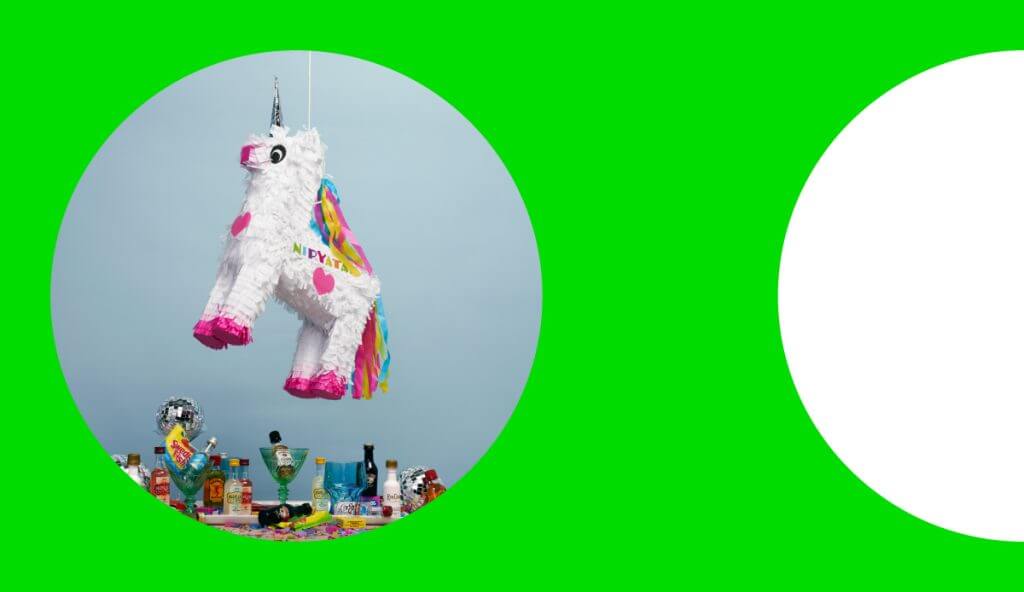Understanding today’s Gen-Z: From glossy luxury brands to inclusivity

Gen-Z, the next big consumer cohort, is well on track to account for 45% of the global luxury purchases by 2035. But what marketing strategies are luxury brands going to adapt to reach their gen-z audiences?
Luxury brands have been built around the notion that we always want what we cannot have. They are exclusive and only for certain privileged demographics. But what if exclusivity becomes culturally uncool?
In Singapore, where glossy luxury brands have been adorned by previous generations, today’s Gen-Z is shifting to look for something that is not merely ostentatious. The answer behind this shift lies in the growing social and cultural awareness of the Singaporean Gen-Z around today’s widespread income inequalities.
A nationwide research highlighted that 81% of Singaporeans were worried about the widening income gap while the figure among youths (91%) and young working adults (86%) averaged higher. This interesting data potentially translates to this younger cohort wishing to distance themselves from stereotypes of pretentious, loud and entitled. This gives brands, ample scope to be specific in creating lucrative GEN-Z marketing strategies.
So, how can luxury brands navigate these shifts?
Gen-Z will soon be approaching the beginning of their careers and consequent purchase lifecycles – this makes them an extremely relevant audience for brands.
While luxury has always thrived on exclusivity and aspiration, today’s Gen-Z is moving to a feeling of inclusivity and cultural identity. Such shifts around this luxury culture could very well be the key foundations of change for this market in the coming years:
From image to values
A key data-point to leverage when develop marketing strategies is that Gen-Z will seek inspiration over aspiration. 63% of Singaporean luxury buyers between the age of 16-24 mentioned ‘authenticity’ as a key brand quality which they resonate with. While heritage and luxury brands are surely authentic, the key lies in unlocking authenticity that is ‘attuned’ to this generation. An authentic appeal must reflect a certain mentality and for this, ‘culture’ becomes the key term – an increasing local relevancy via a granular understanding of this local culture will be crucial for brands moving forward.
A great example comes from the leader of Hong Kong‘s underground music collective and founder of the streetwear clothing line, Arthur Bray of Yeti Out. He knows that culture isn’t just in the clothes you wear or the music you listen to – it’s all about community. As Arthur highlights in this interview, “Late night adventures are often inspirations to our designs, whether that stems from a conversation we have at a dive bar in Bangkok, or funny things we see at 4am in Seoul.”
Less is more
With core cultural and local values set at base, the next step is reaching Gen-Zers with authentic storytelling. Social media stands out as the inevitable option. Prioritizing relevant talent over just sheer follower numbers and celebrity hype will be key – hence, the genuinfluencers. Coined by WGSN, and predicted to be a hot social trend moving ahead, genuinfluencers are identified as creators and not influencers, this set of passion driven individuals are keen to connect and share advice with their ‘value’ audience discussing tales of passion and hustle. This may resonate strongly with this generation’s need for inspiration and identity behind unlocking not merely a purchase but a ‘feel’ for the brand. Geraldine Wharry rightly points out in her report, “being too ‘aspirational’ is seen as almost repellent now by many generation-Zers.”
Our GWI finding of young luxury buyers looking for authentic qualities in brands also complements the idea of less is more and is also reflective of their movement to preferring a social platform such as TikTok where authenticity and realism takes centre stage. TikTok to this generation reinforces the idea of ‘be more you’ and this is well reflected with user data highlighting that 56% of TikTok users feel more positive about a brand after seeing it on TikTok and that ads on the platform are more ‘creative’ and ‘original’ than other digital platforms on average.
Reinforcing an accessible appeal
The time is ripe to build notional young values and perceptions around the upscale legacy of brands which are essentially half a century old. Gucci has been a forward thinker here with the brand extending seats to the young at fashion shows and hiring Alesandro Michel as creative director to appeal to a younger audience. This, to the extent that in two years, helped the brand reduce its consumer age by a decade globally. This is crucial because as the younger set of Gen-Zers move into their prime shopping wallets they are likely to make their very ‘first’ purchase in this market, hence, reducing the barriers of perceived entry will be key to how this audience interacts with brands in the near future.
A bridge of modernity and legacy
A key consideration in valuing these shifts is the notion of legacy. Few legacy brands are already balancing the line between modernity and tradition – the case of Moncler’s Genius project is one of them. In 2018, the Italian brand collaborated with upcoming and innovative designers to create the Moncler Genius collection. The heritage, design, craftsmanship of years’ worth of fashion weeks were condensed and marketed in-house, offering a new age story that has driven consumers to their stores and in turn boosted sales across non-Genius collections too. Gen-Z and millennial consumers now represent 40% of Moncler customers, and 50% of those who purchased Genius products are buying Moncler for the first time.
The future, hence, is ideally driven less by upscale brands trying to showcase high-end glossy products but more by cultural motivations that ring a sentimental and inclusive bond. Such identities and beliefs would eventually represent an evolution of desire that unlocks the key to this pivotal audience. And any brand sans this, potentially risks losing connection with this generation.
This article was published on Campaign Asia-Pacific.
Hear more about our bespoke marketing solutions.

